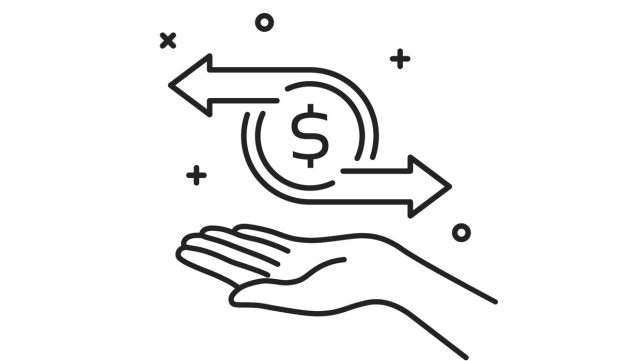Intelligent Cash Flow Platforms Key to AR/AP’s ‘Seismic Shift’

To describe the evolution of accounts receivable (AR) and accounts payable (AP) functions and the value of automation, Ted Tekippe, head of payment strategy and operations at Scrypt, uses the analogy of GPS functions for drivers.
It used to be that drivers would get a map book, flip to the index, look up the map pages and write down the directions. When early websites came along, people could use them to choose a route based on static information. Today, apps use real-time traffic data and crowdsourced data to select the best route and adjust it in real time.
“Each one of those steps was like an order-of-magnitude improvement in the process, and I think that’s happening now with automation in AR and AP functions,” Tekippe said.
Extending the Usefulness of Automation
Before automation started taking hold in AR and AP, a human had to look at every invoice, figure out if it was accurate, see if it had already been paid manually, enter it into a ledger and find a checkbook and a stamp.
When early automation solutions entered the market, they streamlined some manual steps but still relied on static information.
“Scrypt is now using dynamic, broader data sets to dramatically improve the effectiveness and extend the usefulness of automation,” Tekippe said. “It pulls in data from related sources and underlying algorithms are adaptive and learn from experience to continually improve process efficiency and reduce the need for human intervention.”
“At Scrypt, we are building the future of payables automation to include the adoption and evolution of solutions based on cognitive automation and the advent of intelligent cash-flow platforms,” Tekippe continued. “I think it’s going to be really exciting to see how this landscape evolves, but I think the technology is already here and there’s an opportunity for companies to really take advantage of it today.”
Surveying the Applications of Cognitive Automation
Traditional automation, now referred to as robotic process automation (RPA), does away with manual tasks — for instance, reading an invoice number off a piece of paper and typing it into a field in an enterprise resource planning (ERP) system.
However, cognitive automation combines automation with artificial intelligence (AI) and machine learning (ML).
“Cognitive automation goes beyond this into judgment-based decision-making,” Tekippe said. “In some ways, it tries to mimic the human thought process in figuring out what to do.”
For example, it might look at an invoice and decide which of a client’s subsidiaries, general ledger accounts or project codes to associate it with. To do this, cognitive automation takes its cues from previous invoices and payment history, along with other contextual information off the invoice itself, such as client IDs or reference numbers.
“And, perhaps most importantly, it can learn from the outcome so it can operate more efficiently and/or avoid errors in the future,” Tekippe said.
Leveraging Intelligent Cash Flow Management
Scrypt is paving the way for the adoption of cognitive automation within treasury management solutions. With real practical utility and value, people managing treasury functions will grow more comfortable with ML-based solutions.
They will also find that it could help bolster relationships with vendors and customers, Tekippe said. Credit functions could benefit, too.
Taking all of that into account, it isn’t hard to imagine a future where companies leverage an intelligent cash flow management platform for B2B payments. This could, for example, automatically maximize early payment discounts from vendors or automatically adjust credit terms, discounts or terms for late payments from customers.
“Then you can take the resources that you used to have invested in high-touch human intervention and redeploy those resources elsewhere,” Tekippe said. “There’s other, more interesting and strategic work that those employees can be doing.”
Read more: AP Automation Unlocks Smoother Payments, Stronger Businesses Ties as Workers Stay Remote
